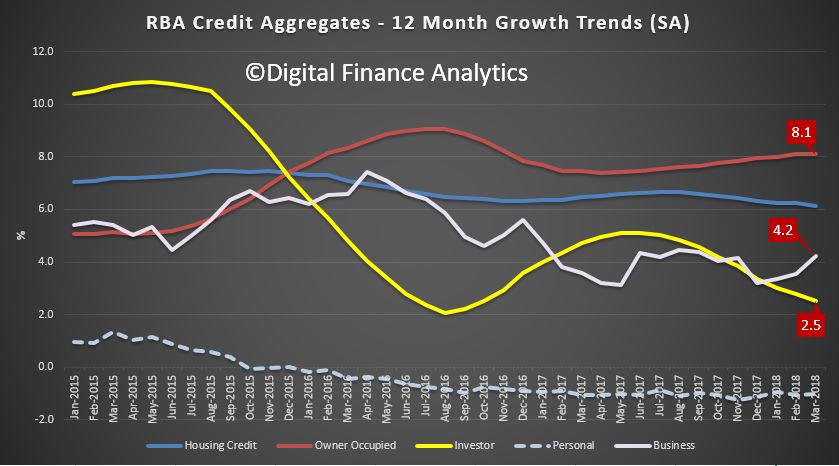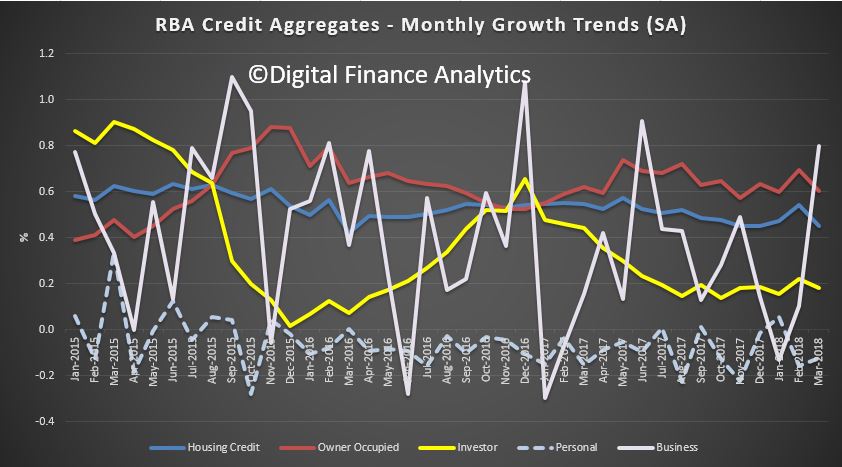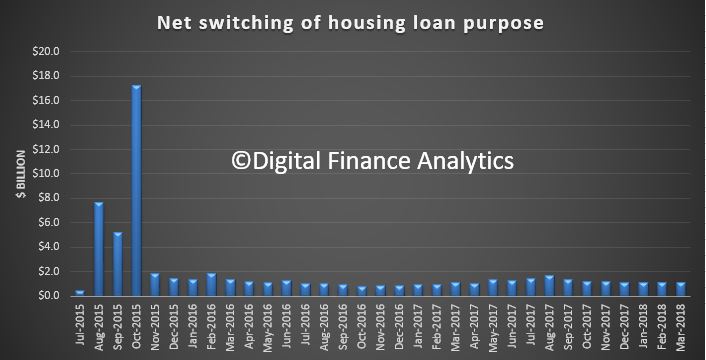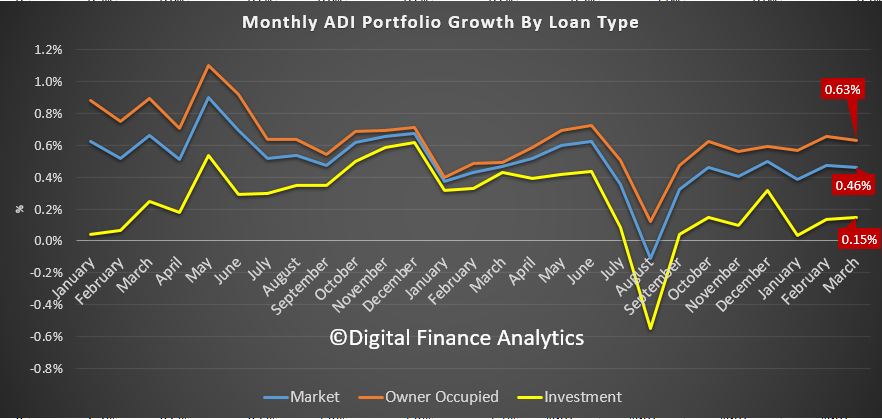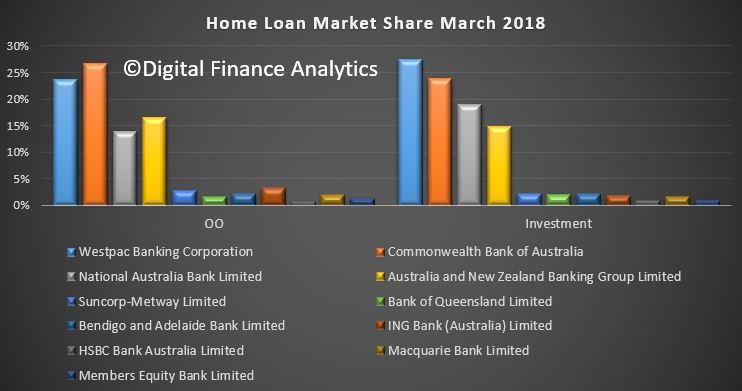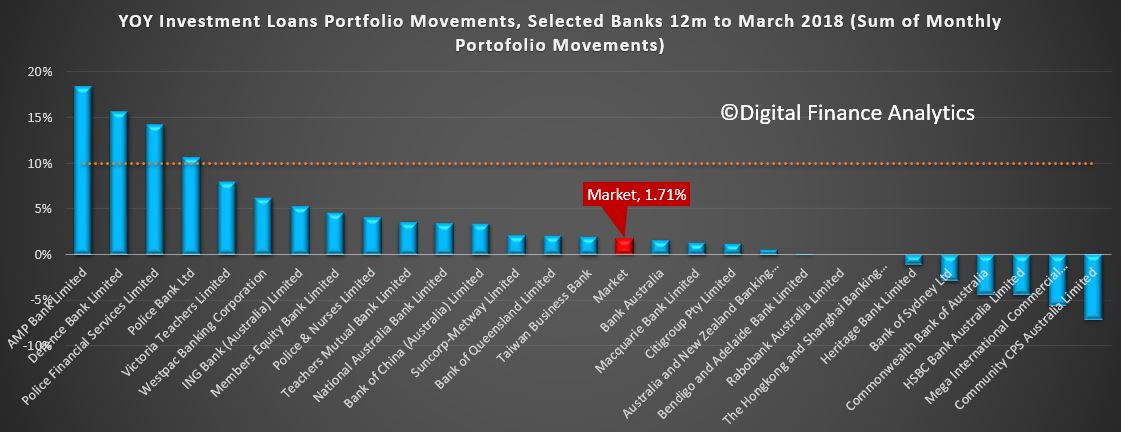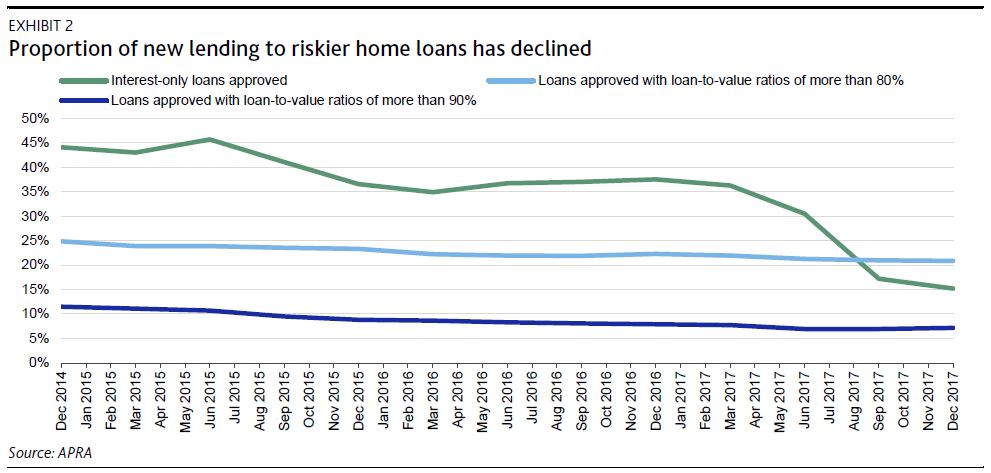But note BEAR is NARROW – it applies only to ADI groups, and deals primarily with matters related to the prudential standing and reputation of the ADI. So the broader customer issues are off radar! This will not be sufficient to deal with the issues at hand.
Financial institutions operate in a privileged position in society, and yet consumers have difficulty in assessing financial products which are often require long term commitments, and consumers are forced to use them, – for example super.
So, he says, “That combination of compulsion, opacity and materiality generates, as a quid pro quo, a heightened expectation that financial institutions will exhibit high standards of behaviour in the way they operate.”
The community will be far more likely to maintain its trust that the sector will do the right thing if it is evident there is accountability when it does not.
APRA has had an increasing interest in the risk culture of financial institutions (and admits there is some cross-over with ASIC).
ASIC, reflecting its own mandate, will take an interest in shortcomings that lead to damaging outcomes for consumers and markets. APRA, on the other hand, has an interest in failings in governance, culture and accountability that indicate a lax attitude to risk-taking, which might ultimately impact the soundness of the financial institution itself (and thereby jeopardise the interests of depositors, policyholders and superannuation fund members).
Which brings me to the BEAR, which imposes substantially strengthened requirements in relation to accountability within banking organisations. In its design, the BEAR draws its inspiration from the Senior Manager Regime (SMR) in the UK. However, the BEAR is narrower in coverage: the BEAR applies only to ADI groups, and deals primarily with matters related to the prudential standing and reputation of the ADI. For this reason, the BEAR is naturally administered by APRA. The joint administration between the Prudential Regulation Authority (PRA) and the Financial Conduct Authority (FCA) that occurs the UK reflects the wider range of institutions and behaviours that are covered by the SMR. Were the BEAR to be broadened at some stage in the future, a similar joint administration might well be appropriate in Australia. Until then, it is framed with a prudential focus and hence administered by a prudential regulator.
Bringing the BEAR to life
The BEAR formally comes into effect very shortly: 1 July 2018. In practice though, implementation occurs over time. The new regime applies to the largest banks from day one; other ADIs have a further year before they are subject to the BEAR. There are also additional transitional provisions within the legislation: from a requirement that allows ADIs three months to register their accountable persons, to allowing until the end of 2019 to accommodate the remuneration requirements in pre-existing executive employment contracts. So it will be some time before the BEAR is in full force.
Broadly, there are five main elements to the BEAR and I’d like to say a few words about each: registration, obligations, accountabilities, remuneration and sanctions. In each case, I’ll talk about the new requirements, and what’s changing from the regime in place today.
The first element is registration.
The BEAR prescribes a set of ‘accountable persons’. These are essentially the directors and senior executives responsible for an ADI’s overall health and well-being. The BEAR requires accountable persons to be registered with APRA before they can perform their duties.
Accountable persons are deemed registered 14 days after they have lodged their registration. Unlike the UK SMR, there is no scope for regulatory approval of appointments, nor any process of interviews. That is a deliberate choice: it maintains accountability for senior appointments where it rightly belongs – with the Boards and senior executive teams that are making the appointments. However, unlike the current process which only requires an ADI to notify APRA after an appointment, the BEAR requires an executive to be registered prior to taking up duties. While APRA will not be vetting all appointments, the pre-appointment registration does provide an opportunity, should we be aware of information that might make an appointee unsuitable, to discuss any concerns with the individual or the employing ADI.
The second element of the BEAR is obligations.
New statutory obligations apply to both accountable persons, and ADIs. These obligations require each to (i) act with honesty and integrity, (ii) with due skill, care and diligence, and (iii) deal with APRA in an open, constructive and cooperative way. In doing so, they must also take reasonable steps to prevent matters arising which would undermine the ADI’s prudential standing and prudential reputation.
Are these new obligations onerous? I personally don’t think they are notably more onerous than the existing requirements in our Prudential Standards, which requires that ‘responsible persons’ possess the competence and character to perform their roles.6 Of course, there’s no explicit obligation at present to be open and cooperative with APRA, or any formal obligation to prevent matters arising that would undermine the ADI’s prudential standing and reputation. But I hope no one wants to claim they require senior executives to do something they shouldn’t naturally do!
The third element of the BEAR is the requirement for accountability maps and statements.
Each accountable person needs to have an accountability statement, setting out the aspects of an ADI’s operations for which they are accountable. Each ADI must have an accountability map, showing how the statements come together to cover the totality of an ADI’s business and risks. Together, the map and accompanying statements establish clarity on the allocation of accountability across the executive team within an ADI.
To the person in the street, this wouldn’t seem particularly difficult. After all, all executives have some kind of role statement that sets out their broad responsibilities, and they have staff reporting to them that undertake various functions and that they oversee. But this is probably the most important element of the BEAR. In many ADIs, there is often collective responsibility for various aspects of its business: for any given process or product, there are often hand-offs of responsibility (including, at times, to external partners and suppliers). But this creates the risk of collective responsibility leading to no individual accountability. Clarity of accountability – the foundation of the BEAR – goes to the heart of a strong risk culture.
In speaking with some executives and directors in the largest ADIs – not all of whom, I must admit, were fans of the BEAR – they acknowledge the benefits that the accountability statements and maps can bring them from a business perspective. The complexity of organisational structures, with the separation of product manufacturing, distribution, and operations, makes it challenging to ensure it is clear who is responsible when things are not as they should be. Clearer accountabilities can only be beneficial.
Clearer accountabilities can also improve remuneration outcomes. As we noted recently, it is not uncommon for performance metrics within executive scorecards to be weighted more heavily to the performance of the institution rather than the individual. On a positive note, this promotes a collegiate whole-of-organisation focus but, on the other hand, can also permit poor risk outcomes in a particular business line to be ‘averaged out’ across the business as a whole, reducing the impact on the executive(s) most accountable and potentially undermining effective risk management. Clearer accountabilities should allow for more targeted scorecards, and thereby greater alignment between the outcomes an individual delivers and the rewards he or she receives.
Which brings me to the fourth element: the remuneration requirements.
The BEAR requires ADIs to defer a minimum proportion of an accountable person’s variable remuneration – generally 40 per cent for executives, or 60 per cent for the CEO, of a large bank – for a minimum of four years. It also requires ADIs to have remuneration policies that provide for the reduction in variable remuneration should an accountable person fail to comply with their obligations, and to exercise the provision should circumstances warrant it. Contrary to some beliefs, however, the BEAR does not grant APRA any power to determine what amount of remuneration an individual should receive.
The basic requirements of the BEAR – a remuneration policy, and provision for the reduction of variable remuneration when warranted – are in place today. But compared to today, the BEAR introduces the prescribed minimum deferral amounts and terms, and creates a stronger link to the statutory obligations I referred to earlier.
The BEAR will therefore mean accountable persons have more skin in the game for a longer period of time than is typically the case now and will place greater pressure on ADIs, when adverse prudential outcomes occur, to explain how that has been factored into remuneration outcomes. As a result, the BEAR will require many ADIs to restructure their remuneration frameworks. As I did a few weeks ago, I’d encourage all ADIs to think more holistically about the right structure for performance-based remuneration – the BEAR’s ’40 per cent for four years’ formula is not necessarily the right mix for all. Alongside our recent remuneration review, the BEAR provides an opportunity to fundamentally rethink remuneration frameworks and achieve a stronger alignment with long-term financial safety and a strong risk culture. It will be a lost opportunity if everyone just defaults to the minimum.
The fifth and final element of BEAR are the sanctions.
These apply at two levels: the ADI and the individual. For ADIs, the BEAR provides a penalty regime in instances where the ADI has failed to meet its obligations under the legislation – put simply, failing to operate with integrity, skill, care and diligence, or preventing the prudential standing or reputation of the ADI from being materially undermined.
I’d like to point out here, in response to some misunderstandings that seem to exist, that APRA cannot impose the fines unilaterally: APRA must make a successful case before the Courts. That will require APRA to have a belief as to its reasonable grounds for success, and that the offence is material.
For individuals, the financial sanctions for any failure to fulfil their obligations will be addressed via the ADI’s remuneration policy. APRA’s sanction is a disqualification power – the power to remove an accountable person from their role, and in the most extreme cases, prevent them for taking on any similar role in the industry in the future. This is obviously not a power that will be used lightly, but appropriate and useful where necessary to eliminate known poor behaviour endangering prudential safety.
APRA’s role
I want to finish by noting another concern that some have raised about the BEAR: that it somehow changes APRA’s role. I hope I’ve been able to point out today that that’s not the case. Many aspects of the BEAR are already present in APRA’s prudential framework, and the BEAR has been framed from a prudential perspective. In that sense, the BEAR should be viewed as a major strengthening of APRA’s prudential framework, not an expansion of its mandate. And the BEAR is not dissimilar to a number of other management responsibility/fitness and propriety regimes that are administered by APRA’s prudential peers in other jurisdictions.
The BEAR certainly provides for a strengthening of after-the-event sanctions that could apply if things go seriously wrong in an ADI. But its real value, I hope, will be to support APRA’s preventative role by promoting strong and clear accountability, and ensuring directors and executives who have the primary responsibility for the safe and sound operation of an ADI stay focussed on that task. Indeed, that has been the experience in the UK: despite the SMR’s extensive penalty regime, the UK authorities have only needed to use it sparingly because the industry itself has lifted its game.







